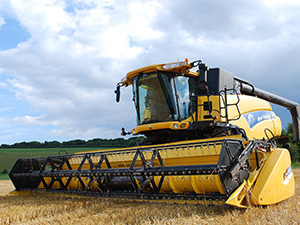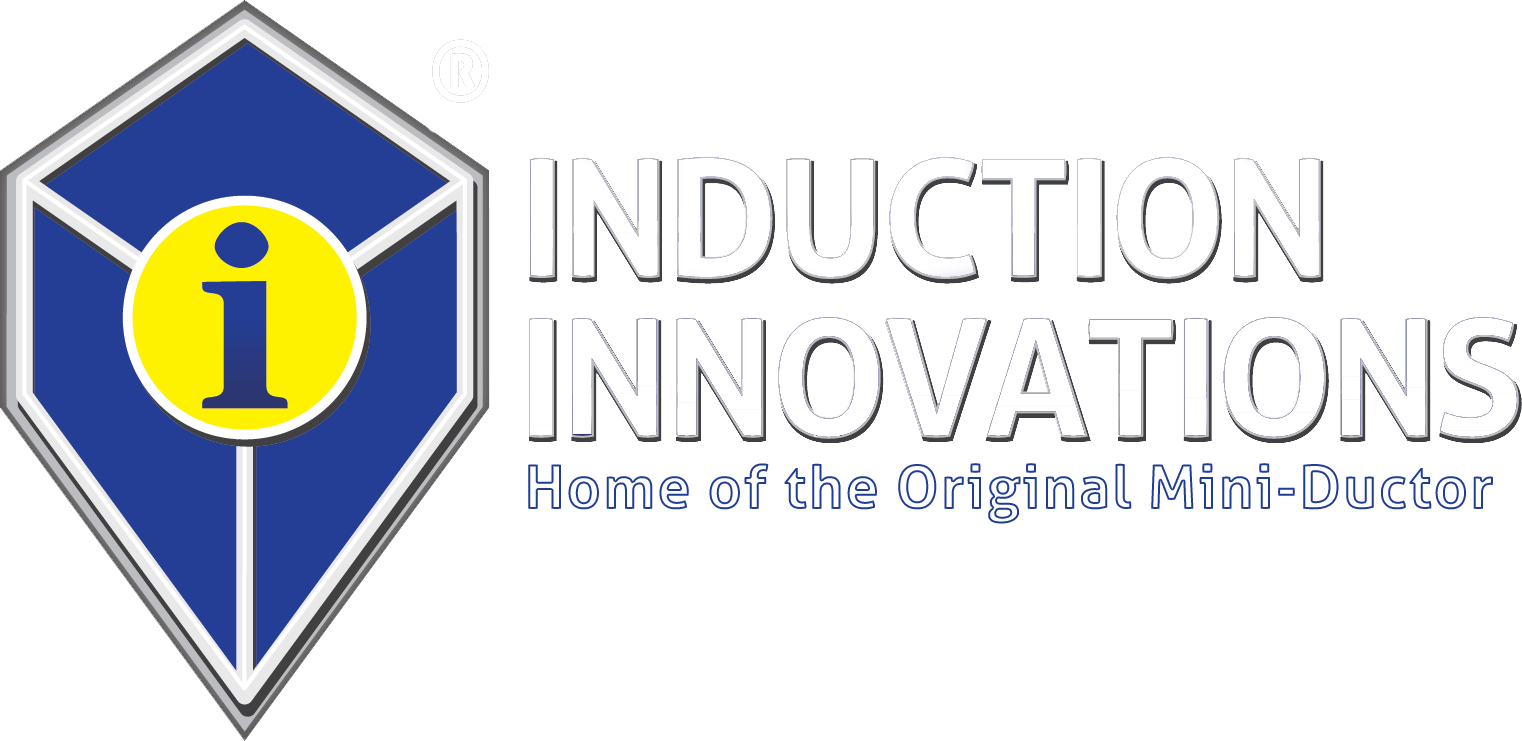Induction Heaters vs. Torches for Farming Equipment Repair

Some of the most complex machinery is found on farms, sometimes totaling 60+ bearings per machine. These bearings and other parts can be nestled deep inside the machine, requiring the removal of many elements around them; this makes any small repair into a much bigger one if you are using a traditional gas torch.
While the torch is a tried and true tool used in a wide variety of vehicular repairs, it is an outdated solution that may be more dangerous than it’s worth. Hovering an open flame dangerously close to flammable debris is a recipe for disaster – especially since equipment fires on farms cause nearly $20 million in damages every year in the United States.
Farmers understand how important it is to prevent fires, specifically during the dry, warm harvesting season. So why are you so quick to pick up a torch to do your mechanical repairs?
What’s the Big Deal?
Dave Newcomb of the agriculture program inside the Illinois Fire Service Institute says his number one concern during harvesting season is combine fires. When repairing such large and essential equipment like combines, there is no room for mistakes. Learn more about the major differences between repairing farming machinery with induction heat versus traditional torches in the table below:
- Similar costs, a few hundred-dollar investment with low ongoing costs (new coils $15-$20 each)
- No expensive hiring of bottles
- No gas handling license issues
- No extra insurance levies to cover higher danger of gas incidents
- Relatively inexpensive
- Must be replaced often
- May require hire of bottles in certain countries
- May require gas handling licenses in some countries
- May require extra insurance due to higher danger of gas
- Incredibly precise in heating components and releasing seized parts
- Time is money in agriculture, so quick & concentrated heat is a major advantage
- Effective at heating components and releasing seized parts
- Risk of residual damage – if you fix one thing, you may break another
- Concentrated heat is much easier to control and more practical to avoid flammable materials
- Less risk of unseen damage to electrical wiring systems
- Open flame is significantly more dangerous around dry debris and plant matter on complex machinery
- Higher risk of collateral damage to sensitive wiring systems and Can-Bus networks
- Smaller than a torch
- Easier to manage
- More precise
- More flexible with 12-volt options over traditional gas
- Bulky
- Difficult to maneuver in small spaces
- Less precise
- Requires gas to operate
- Can be done very quickly – time to harvest is limited, so it is imperative that all machinery is running correctly
- Can be done quickly if the part is accessible
- If the part isn’t readily accessible, it can be time consuming to take apart
Reduce Downtime & Increase Safety with Induction Heat
If you’re still using a torch for your maintenance and repairs, you’re burning time, money, and quite possibly your own investment in expensive machines. If you’re still using manual tools like angle grinders, you may be causing great damage to both the area that’s cut and the surrounding areas and exerting too much physical effort and time. The only long-term solution that will make your job easier (and safer) is induction heating tools.
Learn how to remove stubborn bearings quickly and safely with the Mini-Ductor Venom in our recent agricultural maintenance blog.
Contact us to learn more about the Mini-Ductor Venom induction heating tool for farmers

